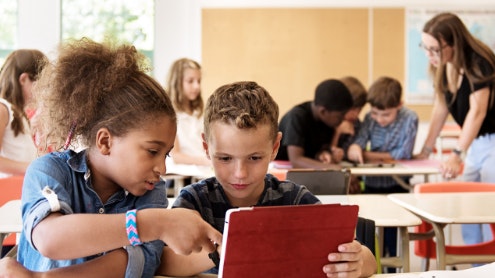Homepage
•
Learning Library
•
Blog
•
Create Meaningful Learning Experiences Using the ISTE Standards
Expand breadcrumbs
Expand breadcrumbs
- Learning Library
- Blog
- Create Meaningful Learning Experiences Using the ISTE Standards
- Homepage
- •
- Learning Library
- •
- Blog
- •
- Create Meaningful Learning Experiences Using the ISTE Standards
Create Meaningful Learning Experiences Using the ISTE Standards
By Victoria Thompson
July 27, 2021








